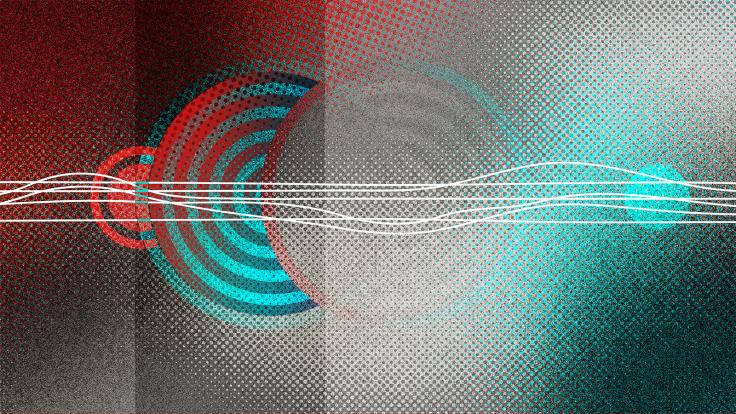Explain it in 60 seconds
Quarks are fundamental building blocks of matter. They are most commonly found inside protons and neutrons, the particles that make up the core of each atom in the universe. Based on current experimental evidence, quarks seem to be truly fundamental particles; they cannot be further subdivided.
Protons and neutrons mainly contain two types of quarks. These are called up and down quarks. For reasons still unknown, nature also designed two copies each of the up and down quarks, identical except for having larger masses. The heavier copies of the up quark are called charm and top quarks; the copies of the down quark are named strange and bottom quarks. Converting energy into mass, accelerators produce these heavier, short-lived quarks through particle collisions.
Quark masses span an enormous range. The heaviest quark is the top quark, which is about 100,000 times more massive than the two lightest types, up and down. The explanation for this hierarchy is a deep mystery, but the top quark’s huge mass could turn out to be a virtue. Probing the detailed properties of the top may shed light on the origins of mass itself in the universe.













